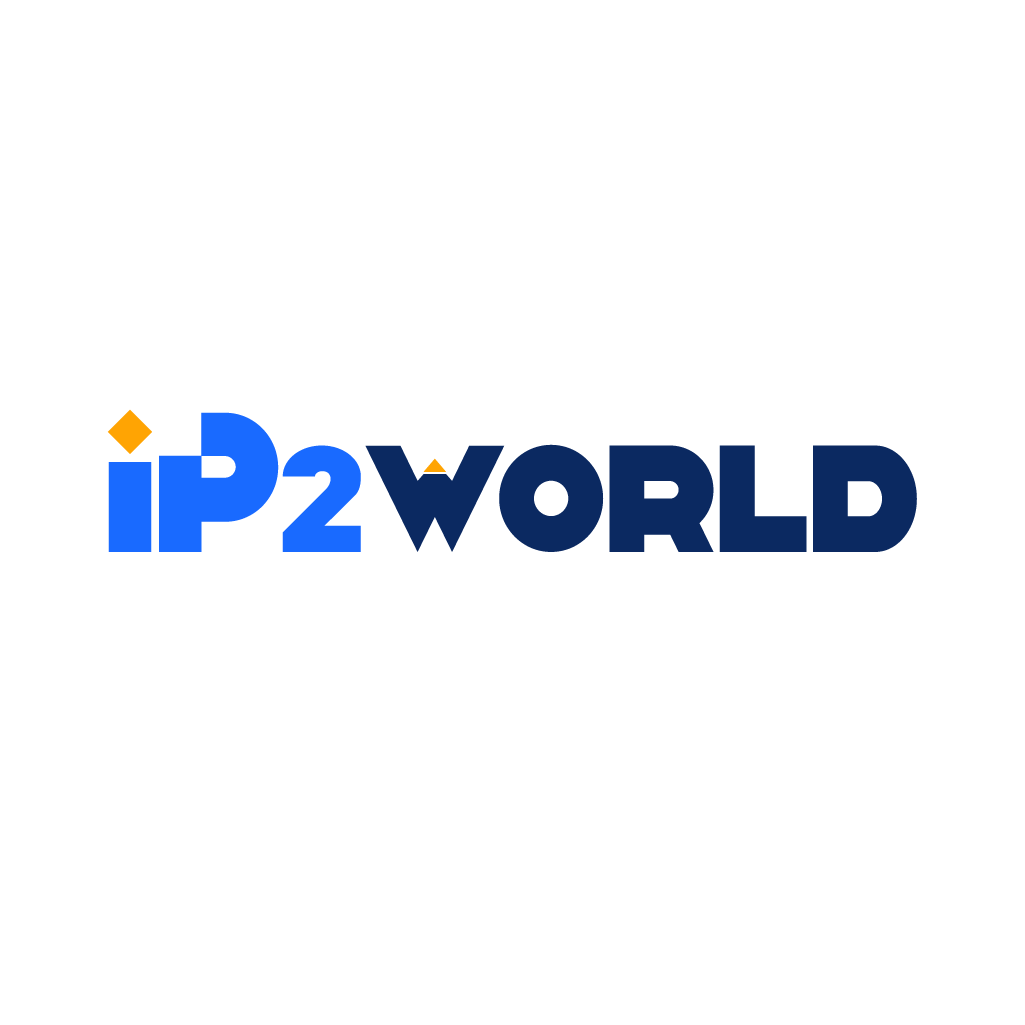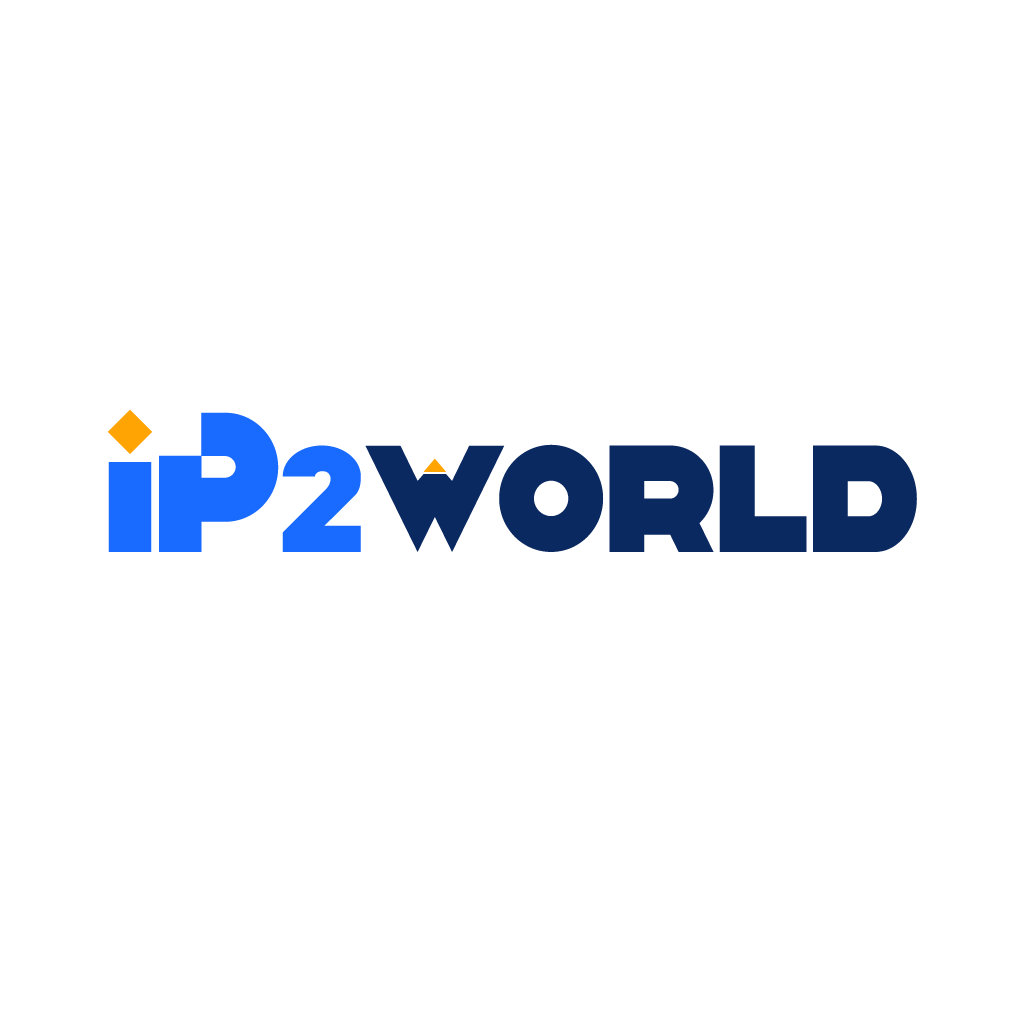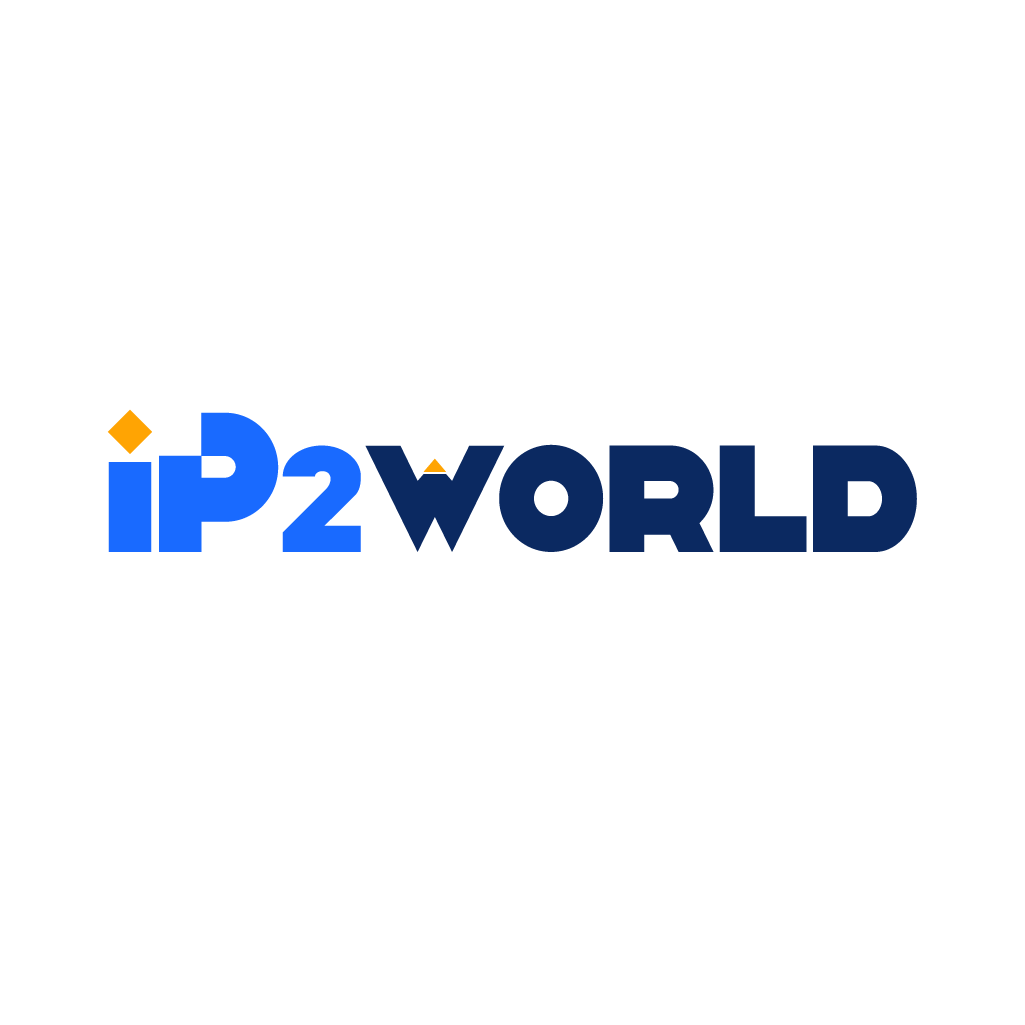The Landscape of Proxy Servers: What Are They?In the intricate web of digital communications, consider proxy servers as the versatile intermediaries. With unique IP addresses at their disposal, they act as a liaison between user devices such as smartphones or personal computers, and the broader internet. Their role transcends that of mere data relayers; they are the architects of online interaction, governing how data is sent and received between devices and servers. The Imperative Role of Proxy Servers: Why Should You Care?Proxy servers are not simply glorified routers; their importance extends far beyond funneling data from point A to point B. They serve as digital fortresses, enhancing online security measures, safeguarding privacy, and even helping businesses and individuals bypass geo-restrictions. Additionally, these technological assets can optimize network performance by caching data, which can significantly reduce bandwidth consumption and accelerate data retrieval. Exploring the Spectrum of Proxy ServersThe realm of proxy servers is anything but monolithic. A range of server types exists to serve distinct purposes, each with its pros and cons. Forward and Reverse Proxies: Two Sides of the Same CoinForward proxies are the custodians of client devices, obfuscating their digital identities and granting access to otherwise inaccessible resources. They predominantly find application within internal corporate networks. Reverse proxies serve a different master; they are deployed ahead of web servers. Their principal role includes traffic distribution to optimize server workloads, as well as providing an additional layer of security. Transparent vs. Anonymous Proxies: The Visibility FactorTransparent proxies neither hide nor disguise your IP address; they're primarily utilized for content filtering and data caching. On the other end of the spectrum, anonymous proxies offer greater privacy by masking your IP address, although they do indicate that a proxy server is in use. This partial disclosure can make such proxies easier to detect but still offers a reasonable level of anonymity. Residential vs. Datacenter Proxies: A Question of OriginIf you prioritize security and reliability, residential proxies are the preferable choice. These proxies are provided by Internet Service Providers (ISPs) and are inherently more trustworthy. Datacenter proxies, meanwhile, are the faster, more economical choice, originating from third-party providers. However, their external sourcing often makes them less secure. Shared vs. Dedicated Proxies: The User Count DilemmaShared proxies are cost-effective since multiple users employ them concurrently, but they come at the cost of speed and potentially heightened security risks. Dedicated proxies are exclusive to one user, thereby offering heightened control, security, and speed—although at a premium price. Key Considerations in Proxy Selection Evaluating Anonymity RequirementsThe degree of anonymity you require will greatly influence the type of proxy you select. If you require complete anonymity, specialized proxies that offer high levels of obscurity are essential. Geographic IP ConsiderationsThe physical location of the proxy server’s IP address can significantly impact your online interactions. Some websites restrict content based on geographic location, affecting your ability to access certain information. Assessing User-to-IP RatioA higher number of users per IP often correlates with reduced speed and increased risk of being flagged by online services. Single-user, dedicated proxies generally yield better performance and lower risk. Reliability and Performance MetricsSelecting a proxy is not solely about cost and features; it is crucial to consider performance indicators like uptime, speed, and overall reliability. An Overview of Proxy Protocols Common Web Protocols: HTTP, HTTPS, SOCKSHTTP, HTTPS, and SOCKS are fundamental for web-based activities, with HTTPS offering an additional layer of security via SSL encryption. Application-Specific Protocols: SMTP, DNSFor specialized tasks like email sending or domain name resolving, SMTP and DNS protocols are your go-to options. Proxy Servers: Benefits and Caveats Security Strengths and WeaknessesWhile proxies can offer an additional layer of security, not all types provide end-to-end encryption, creating potential vulnerabilities. Privacy: A Potential Achilles' HeelThough proxies are often touted for their privacy advantages, they can also log your activities. Ensure to scrutinize privacy policies carefully. Bandwidth and EfficiencyProxy servers can save bandwidth and boost network performance through caching, although this feature is not universal across all types. Concluding Remarks: The Fine BalanceUnderstanding proxy servers is a nuanced task, requiring a balance between multiple factors like security, speed, and anonymity. Each type of proxy server comes with a unique set of advantages and disadvantages. The ultimate challenge lies in aligning your specific needs with the capabilities of the chosen proxy, to ensure a harmonious online experience.
2023-10-28





